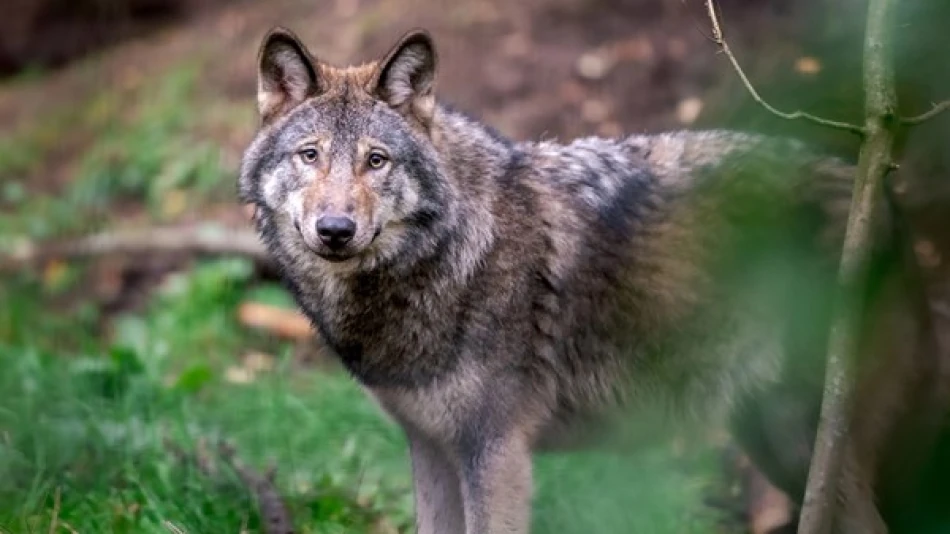
Dutch Child Mauled by Wolf in Utrecht Suburb: Shocking Encounter Sparks Concern for Local Safety
Netherlands Authorizes Wolf Killing After Child Attack Near Historic Pyramid
Dutch authorities have issued shoot-to-kill orders for a wolf that attacked a six-year-old child near Utrecht, marking a dramatic escalation in Europe's ongoing struggle to balance wildlife conservation with public safety. The incident has prompted officials to ban access to forests and nature reserves across the province, highlighting the growing tensions between rewilding efforts and human settlement expansion.
The Attack That Changed Everything
The assault occurred last Wednesday near the famous Pyramid of Austerlitz, a Napoleonic-era monument that draws thousands of tourists annually. According to local officials, the wolf—already known for causing previous disturbances in the area—dragged the playing child into nearby woodland before the victim was rescued.
This represents a significant escalation from typical wolf-human encounters, which usually involve livestock predation or property damage rather than direct attacks on people. The incident has forced Dutch wildlife management into uncharted territory, as wolves only returned to the Netherlands in 2015 after being absent for over 150 years.
Europe's Wolf Dilemma Intensifies
Conservation Success Meets Urban Reality
The Netherlands joins a growing list of European nations grappling with successful wolf reintroduction programs that now clash with dense human populations. Unlike countries such as Romania or Poland, where vast wilderness areas provide natural buffers, the Netherlands' compact geography means wolves inevitably encounter humans and livestock.
The decision to authorize lethal action came after consultations with both local and international wolf experts, suggesting the behavior exhibited goes beyond normal predatory patterns. This mirrors similar debates in Germany, where wolf populations have recovered to over 1,000 individuals, and France, where livestock attacks have sparked fierce political disputes.
Legal and Environmental Implications
The shoot-to-kill authorization represents a significant policy shift for Dutch environmental authorities, who have previously emphasized coexistence strategies. Wolves enjoy protected status under EU legislation, making lethal intervention legally complex and requiring substantial justification.
This case could set precedent for other European nations facing similar conflicts. Unlike North American approaches that often prioritize human safety through immediate intervention, European policies have historically favored long-term conservation goals—a balance now being tested by urbanization pressures.
Public Safety vs. Rewilding Goals
The Utrecht incident exposes fundamental tensions in European rewilding initiatives. While wolf populations have successfully recovered across much of the continent—a remarkable conservation achievement—their integration into heavily populated landscapes remains problematic.
The province-wide access ban to natural areas demonstrates how single incidents can effectively reverse decades of efforts to reconnect urban populations with nature. For the Netherlands, where outdoor recreation and nature access are deeply embedded in national culture, such restrictions carry significant social and economic costs.
Environmental groups now face the challenging task of maintaining public support for conservation while addressing legitimate safety concerns. The outcome of this situation will likely influence wolf management policies across Europe, potentially shifting the balance from protection-focused strategies toward more interventionist approaches that prioritize immediate human safety over long-term species recovery goals.
 Layla Al Mansoori
Layla Al Mansoori







